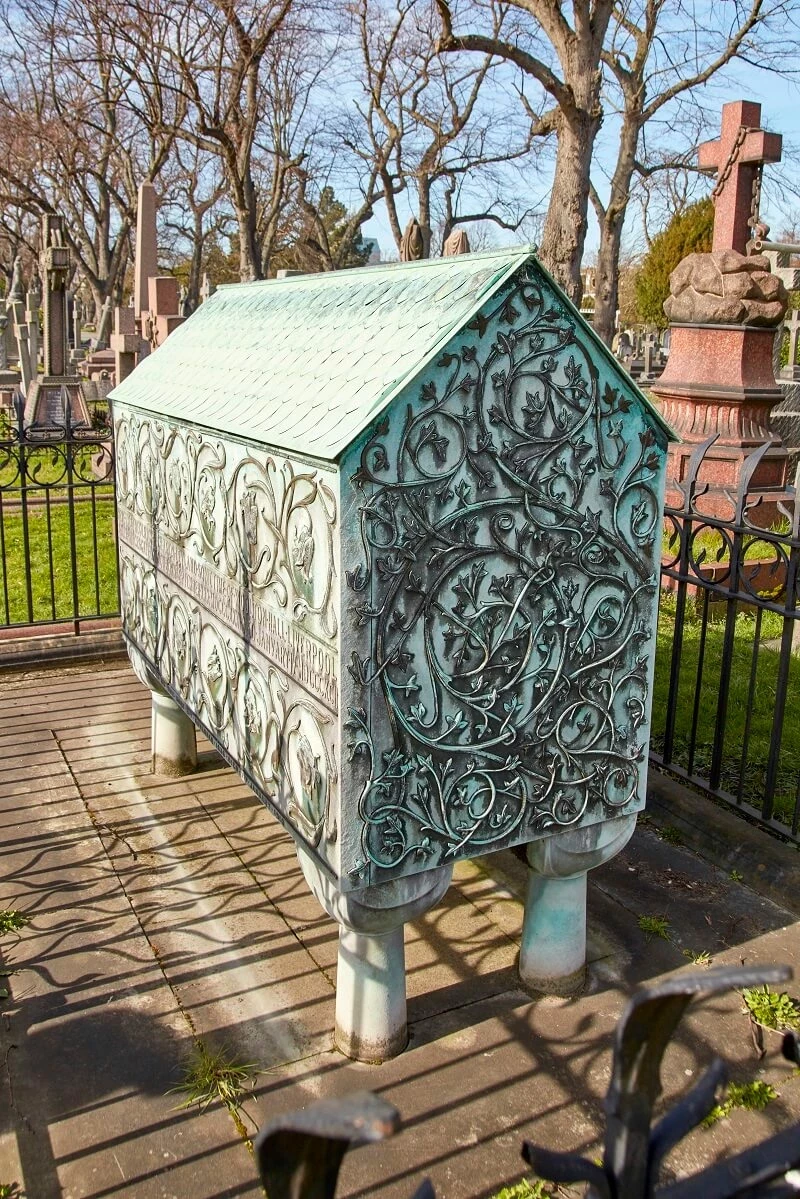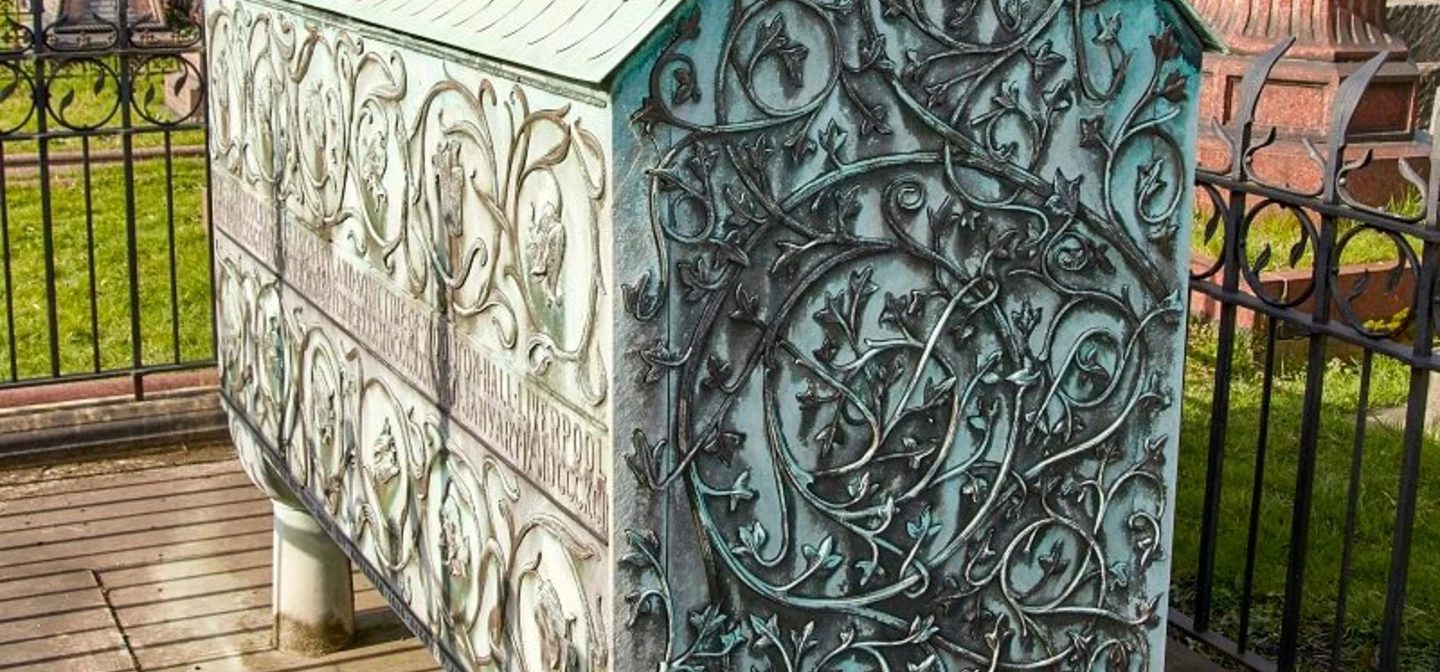
Frederick Leyland (1831-1892)
Wealthy ship owner who was a patron of Victorian avant-garde art.
Leyland Line
Leyland began his career as a book keeper at John Bibby & Sons, Liverpool's oldest independent shipping line. He was a partner by the time he was 30, and bought the company ten years later.
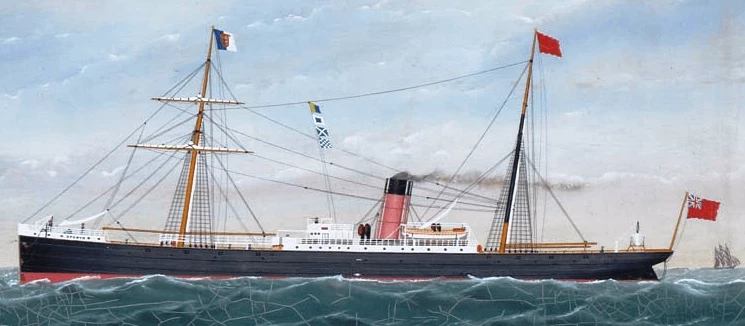
Art collection
The newly-named Leyland Line ran transatlantic steamships, and made its owner a fortune. Leyland used his wealth to set up a major art collection.
He collected Italian Renaissance paintings, and commissioning new work from artists including Dante Gabriel Rossetti and James McNeill Whistler.
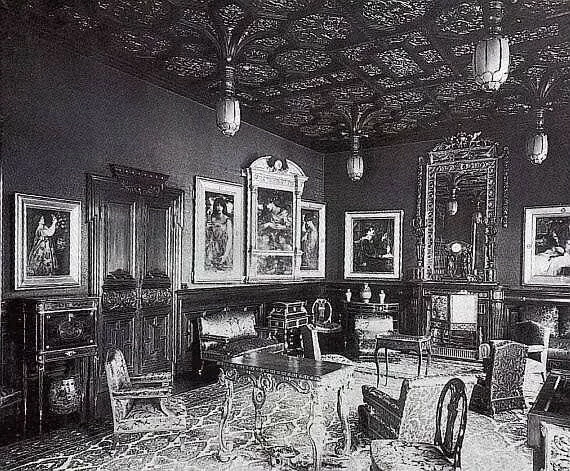
Avant garde artists
Leyland is recognised today for his financial support of these experimental ‘avant-garde’ artists. Despite his passion for art however, it seems he was rather cold and aloof in person.
His marriage failed, and he is perhaps best remembered for a bitter and lifelong dispute with Whistler over unpaid bills.
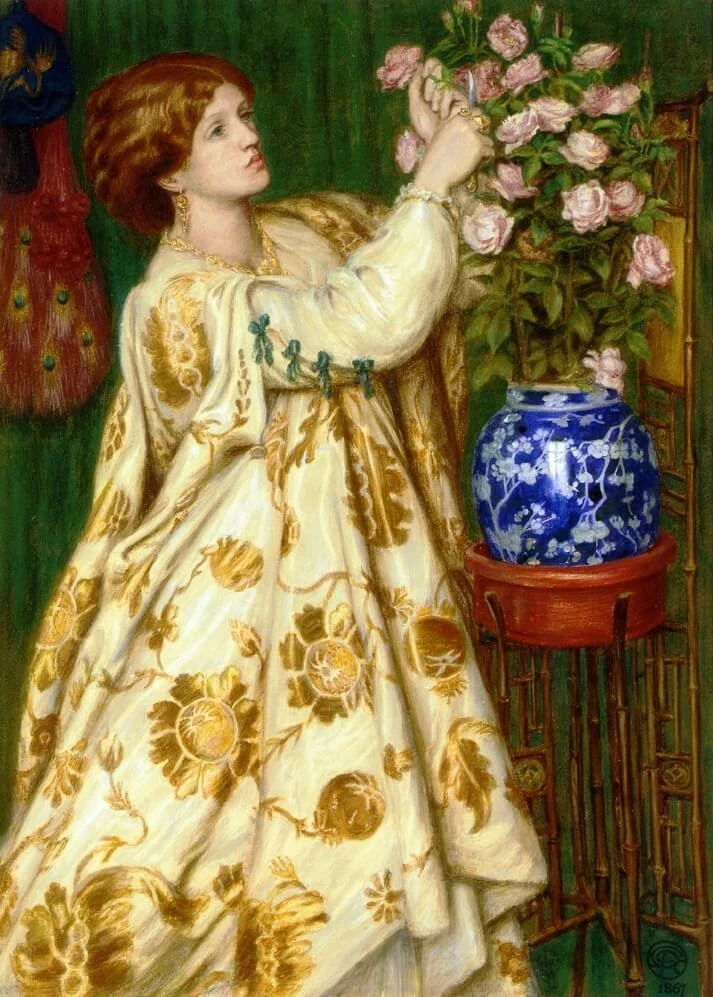
The chest tomb
Frederick Leyland’s stunningly ornate tomb is one of the most distinctive in the cemetery. It was designed by the renowned Pre-Raphaelite artist Edward Burne-Jones in 1892.
The chest tomb is made from Portland stone, with a copper roof, and is covered with floral copper work. The wrought iron railings that surround it are topped with ornate lilies.
It’s the only tomb created by Burne-Jones, who is best known as a painter and stained glass designer. It’s listed Grade 2* by Historic England for its significance.
